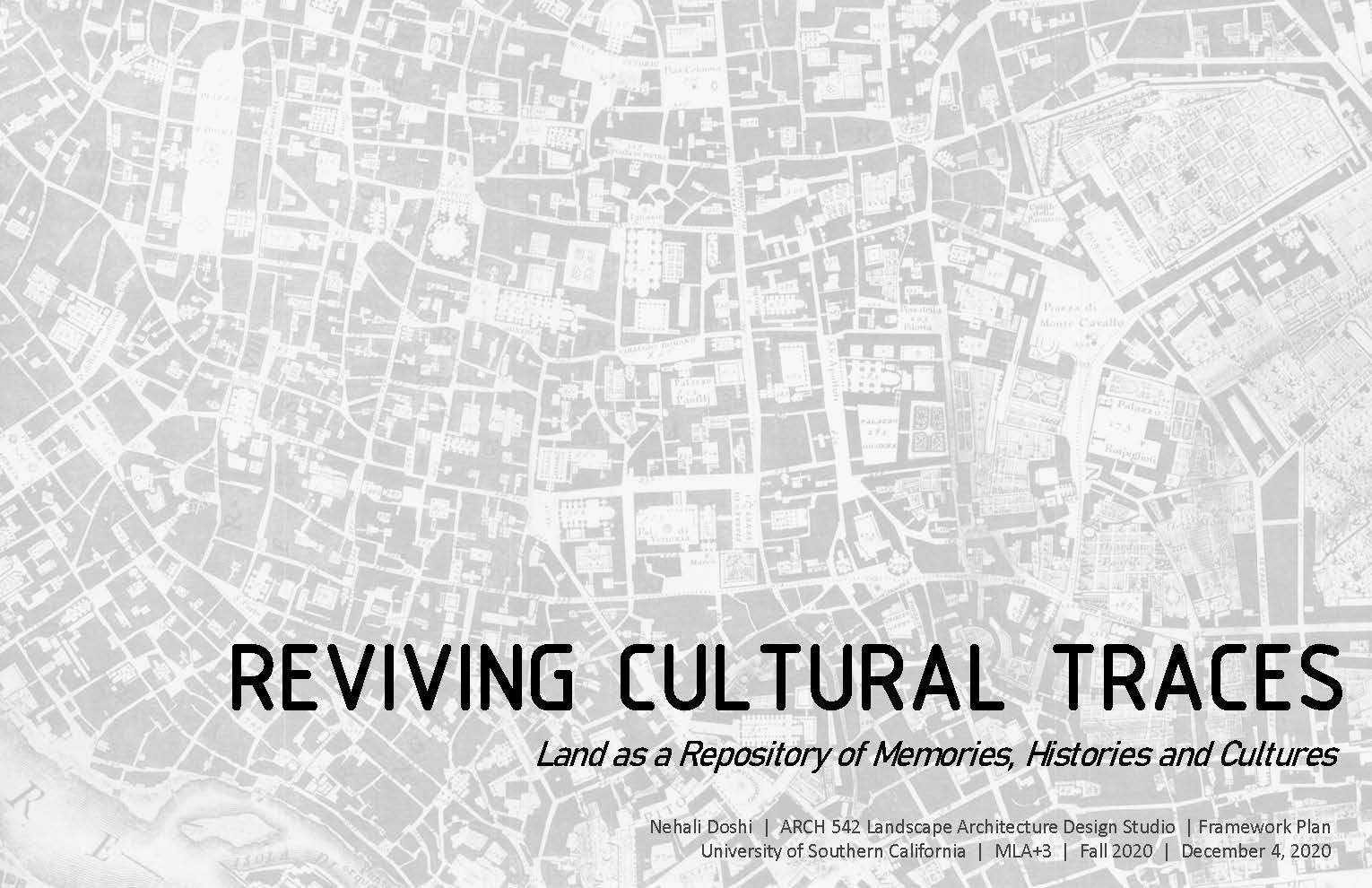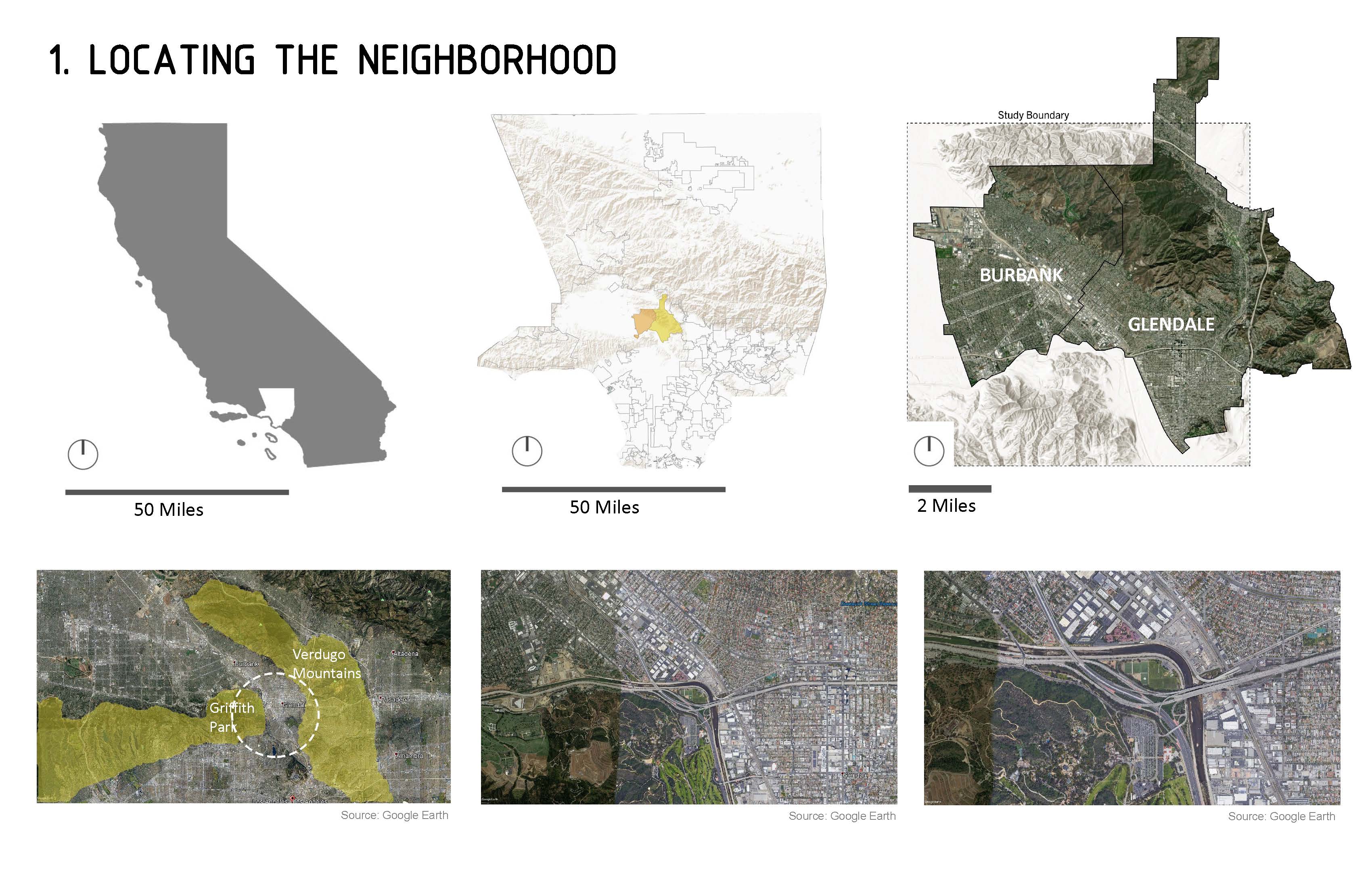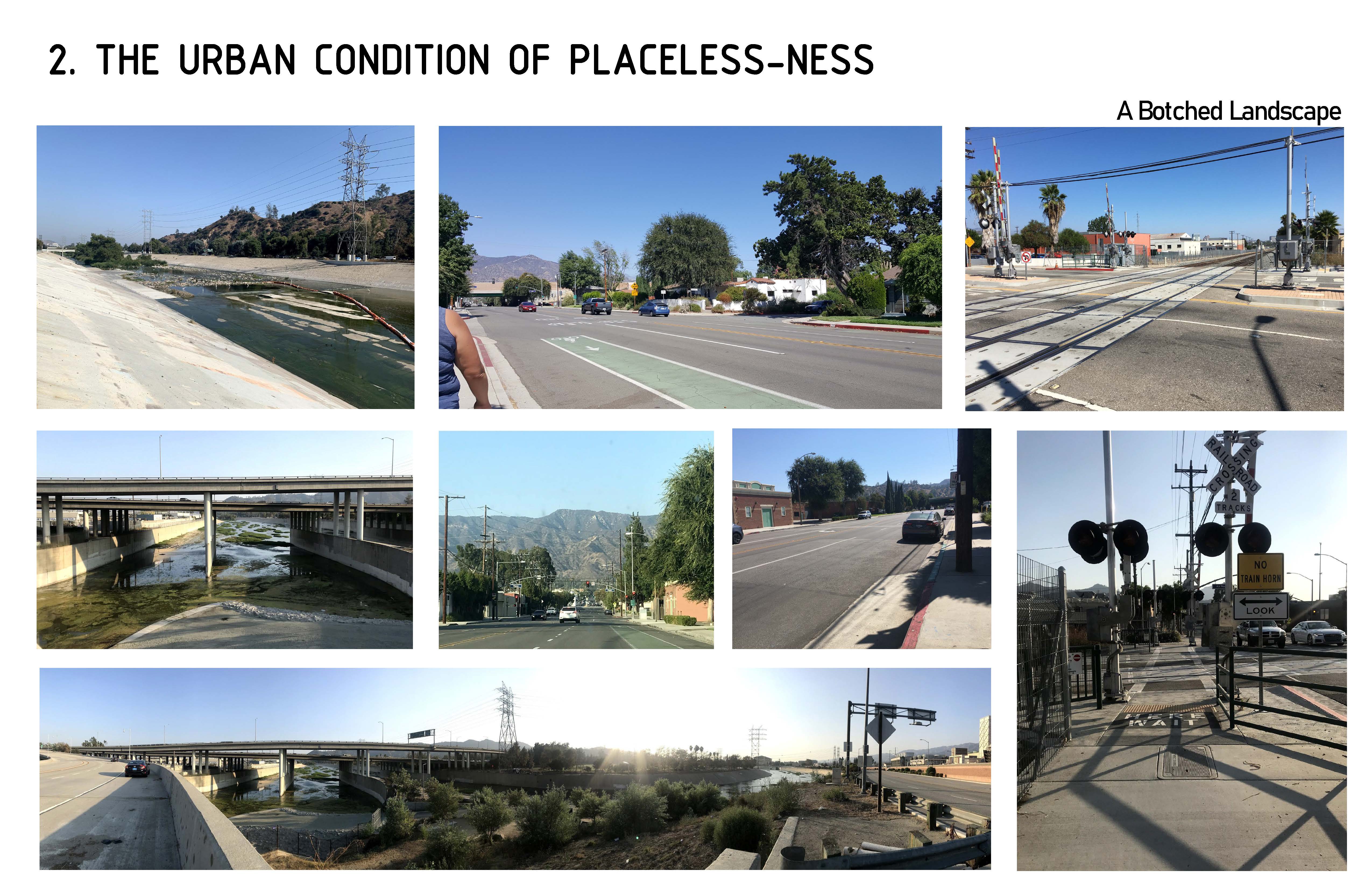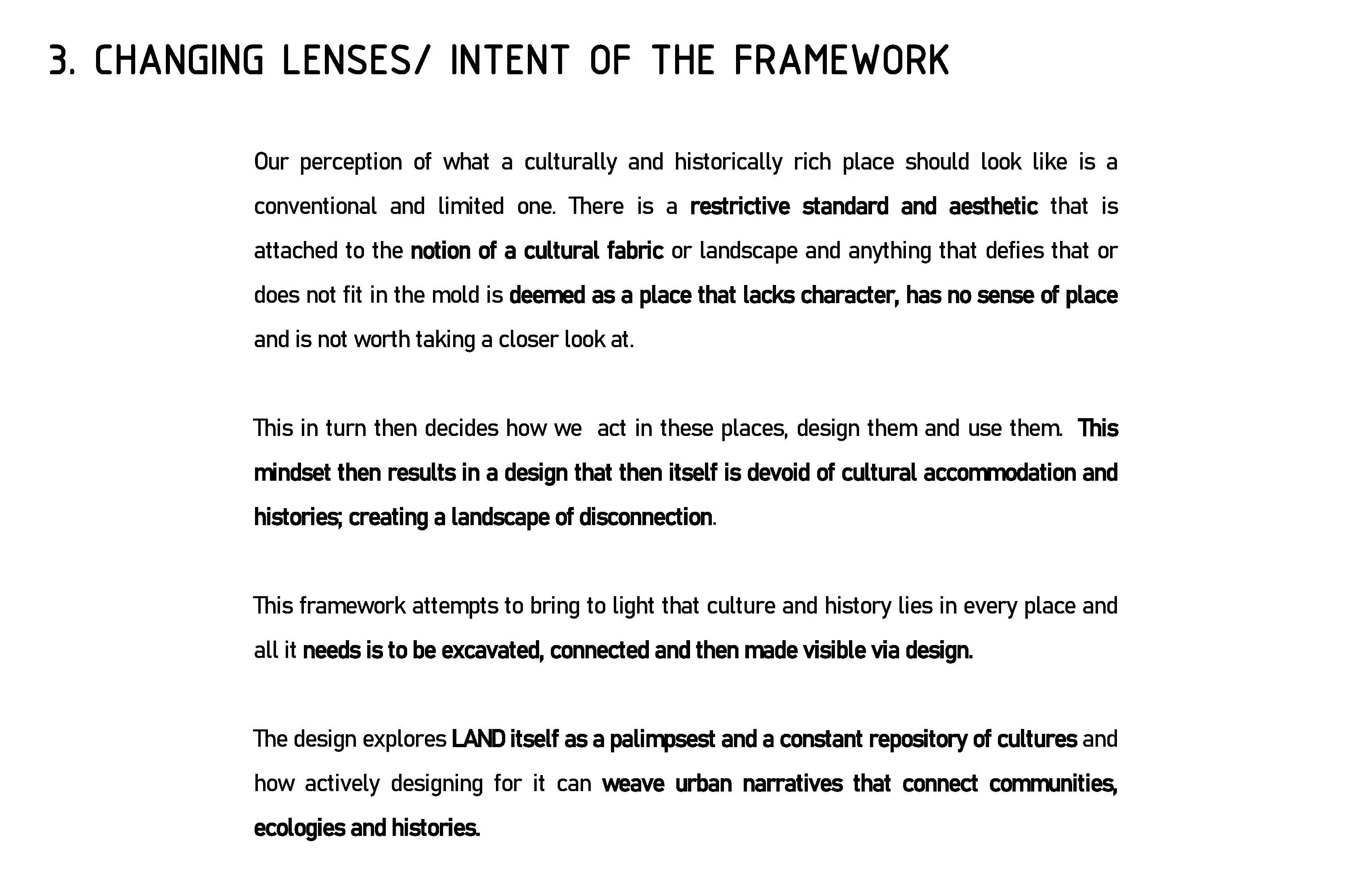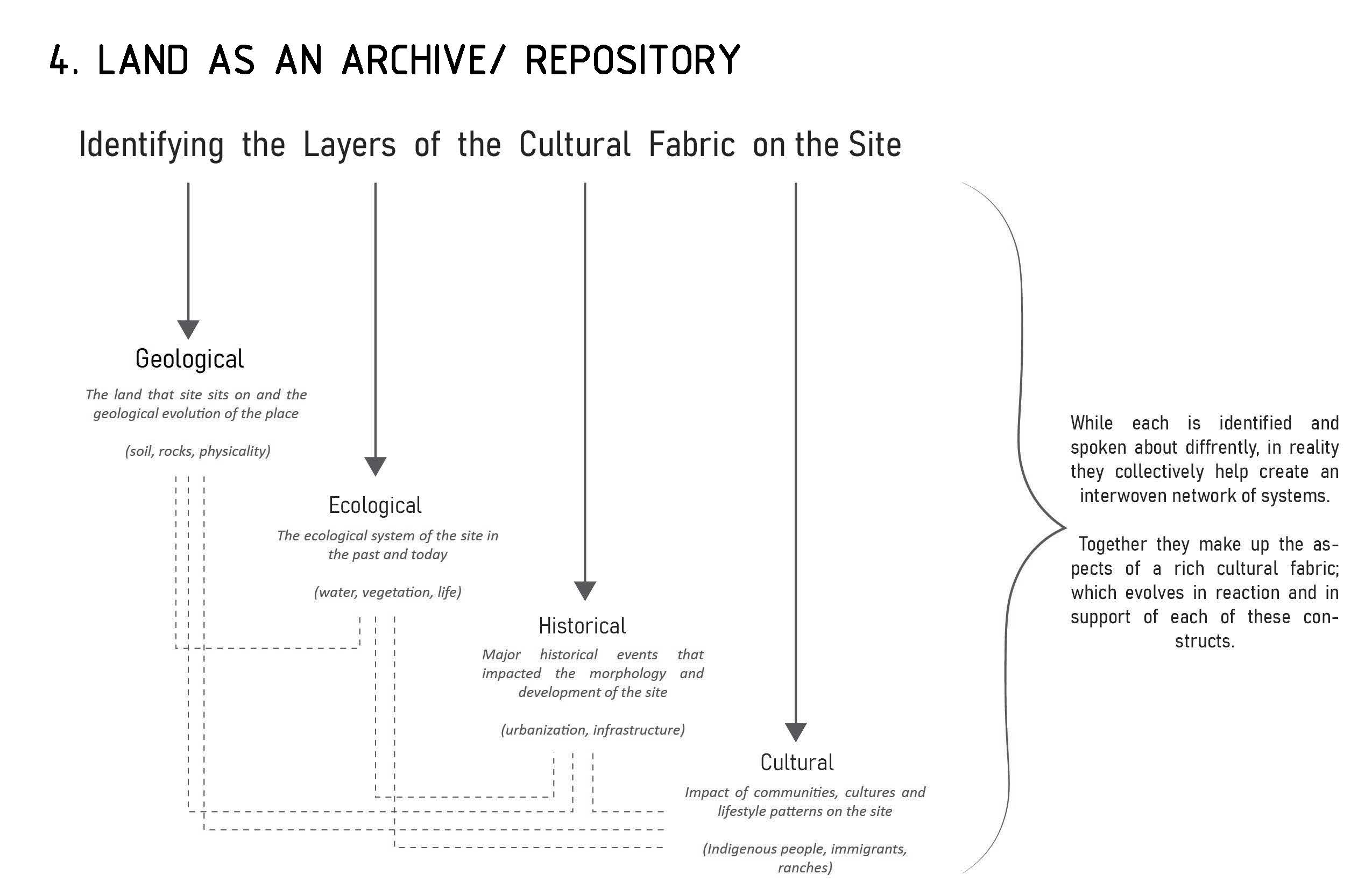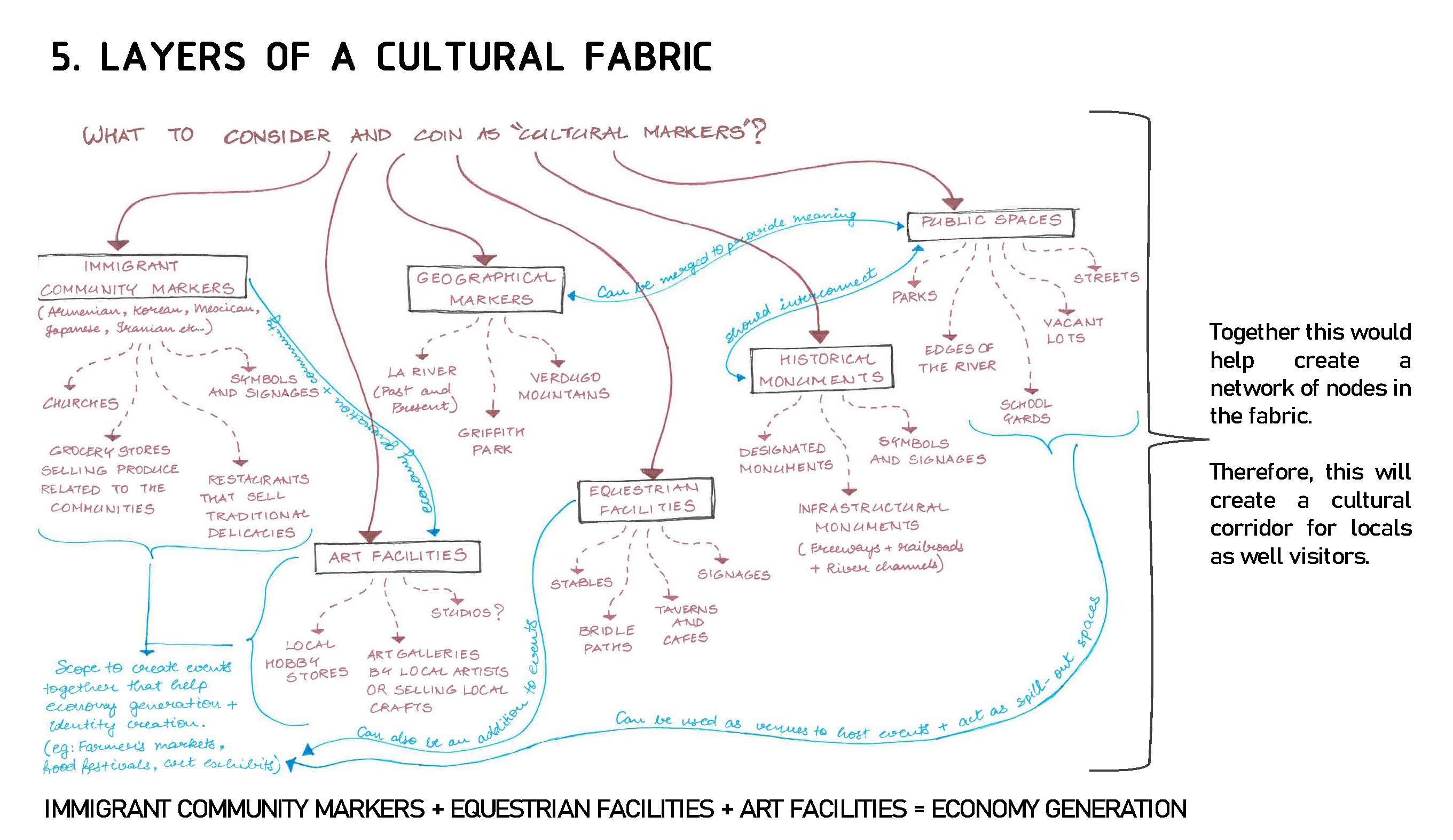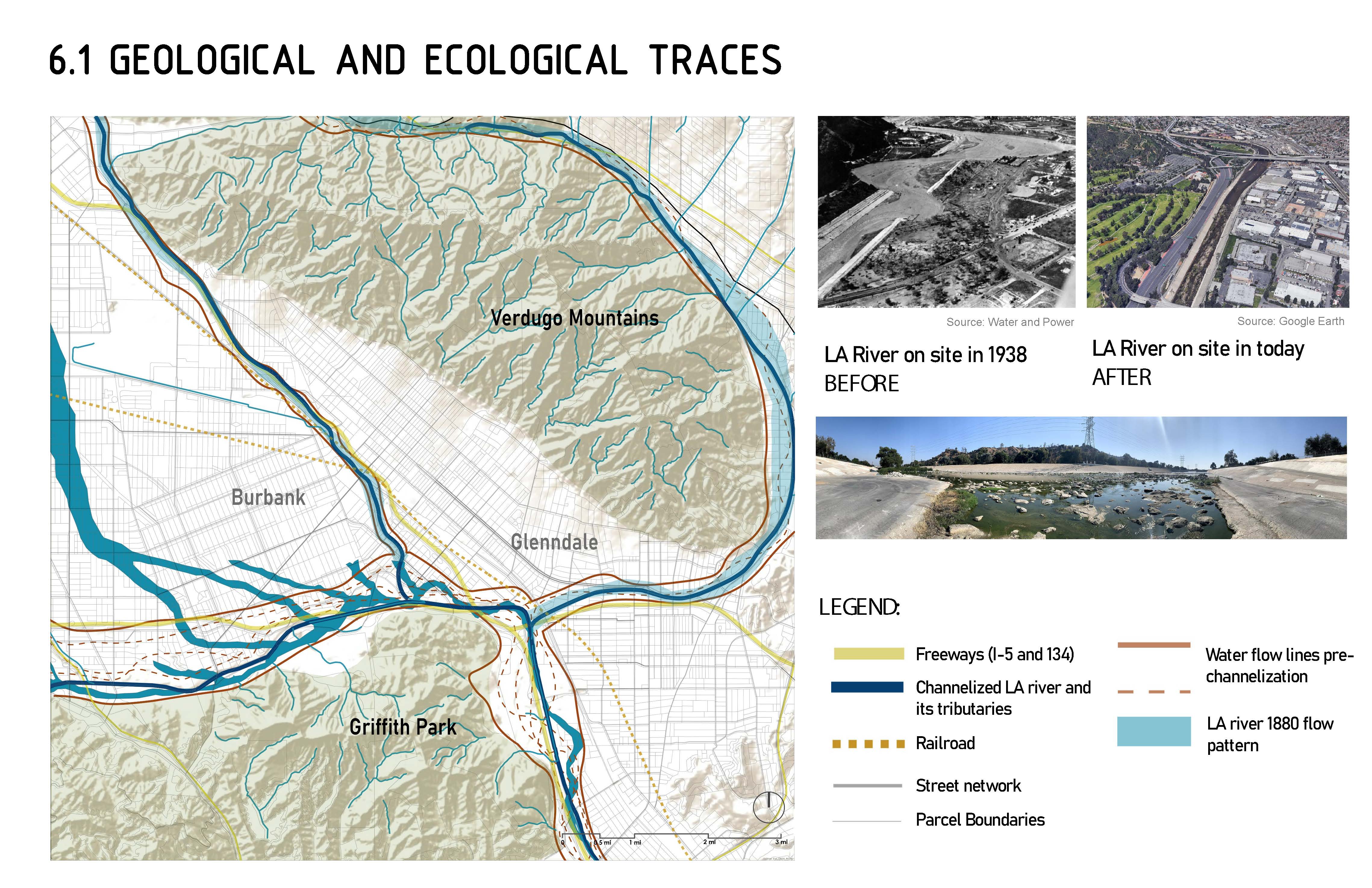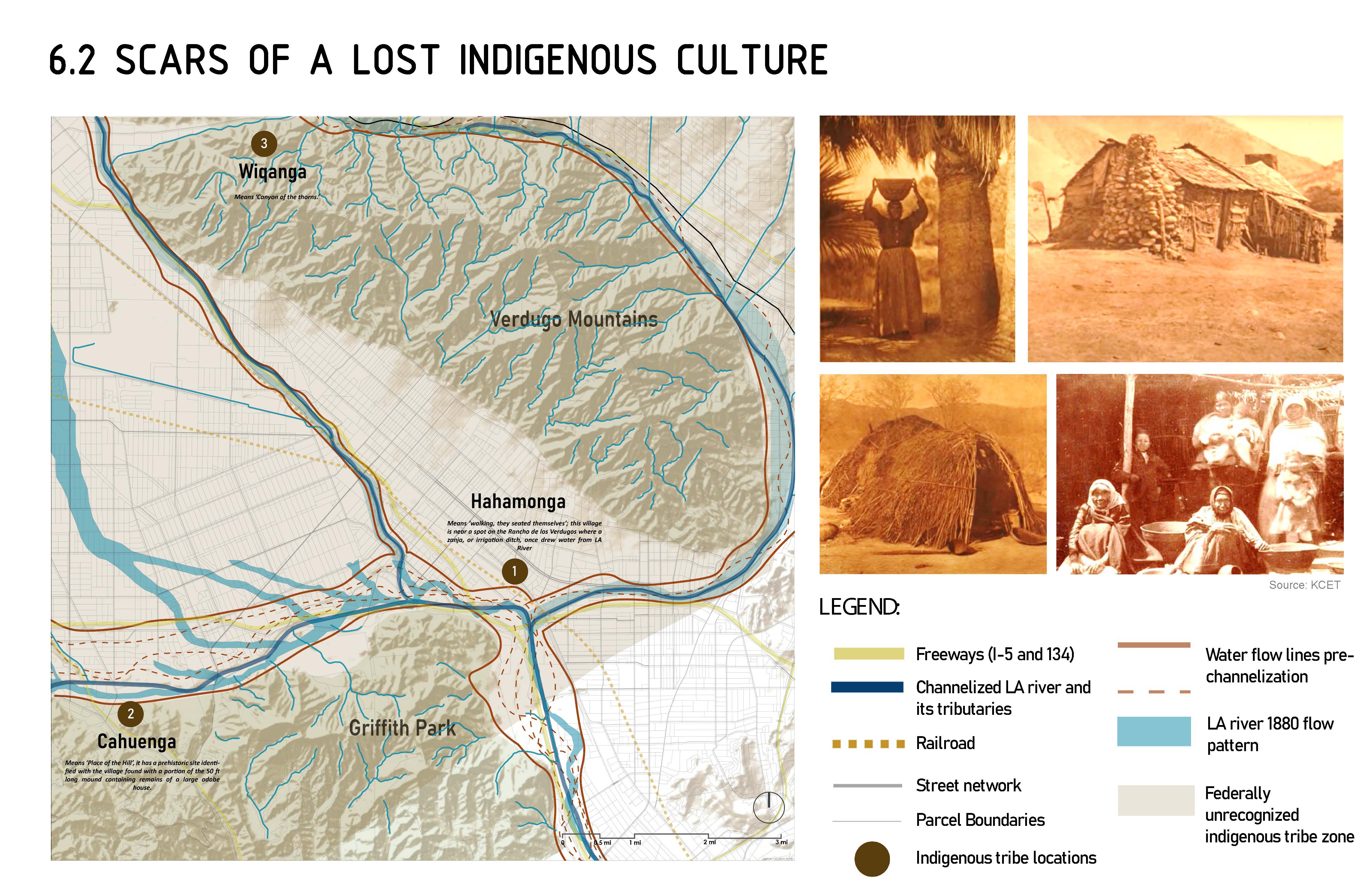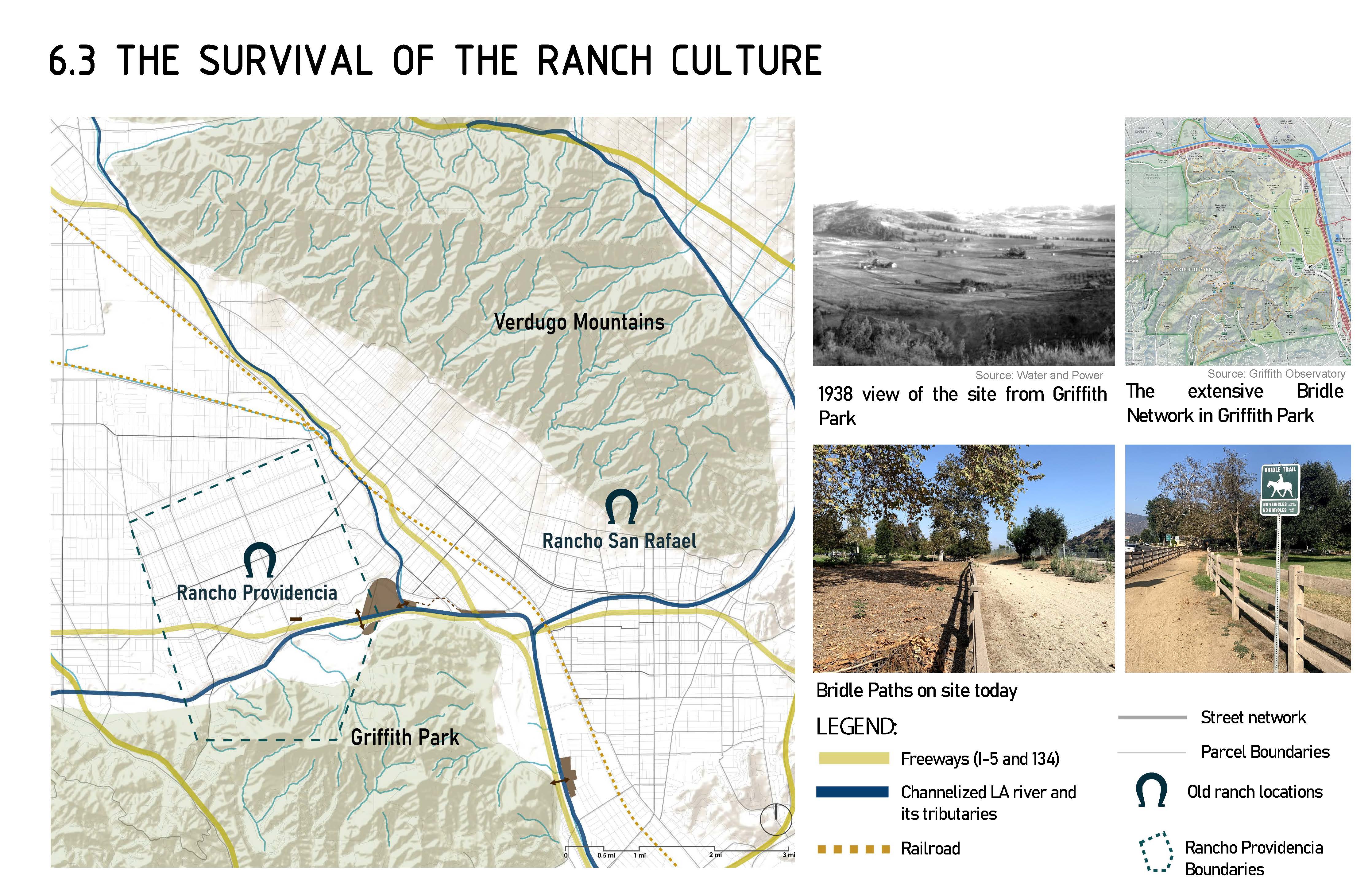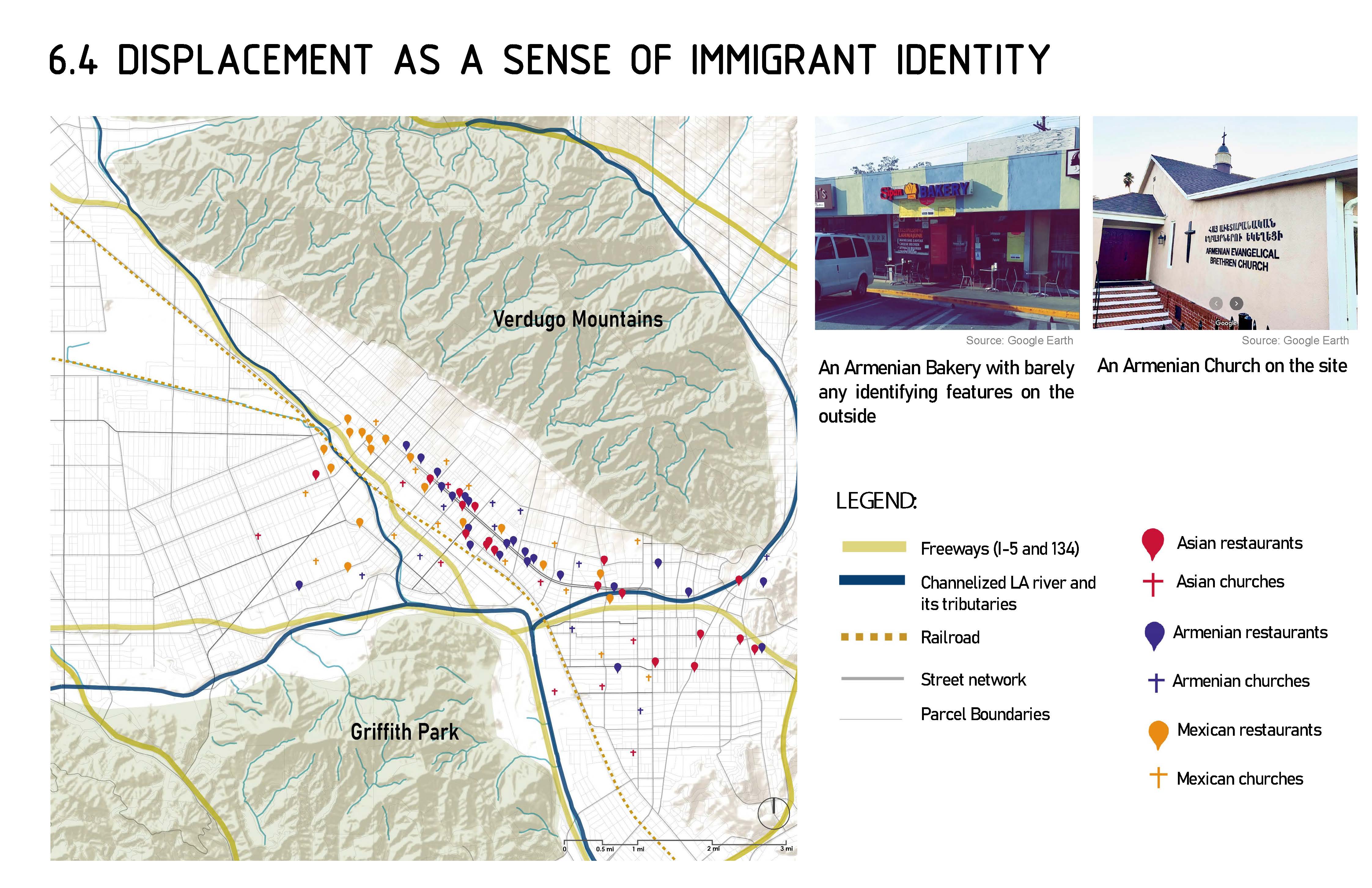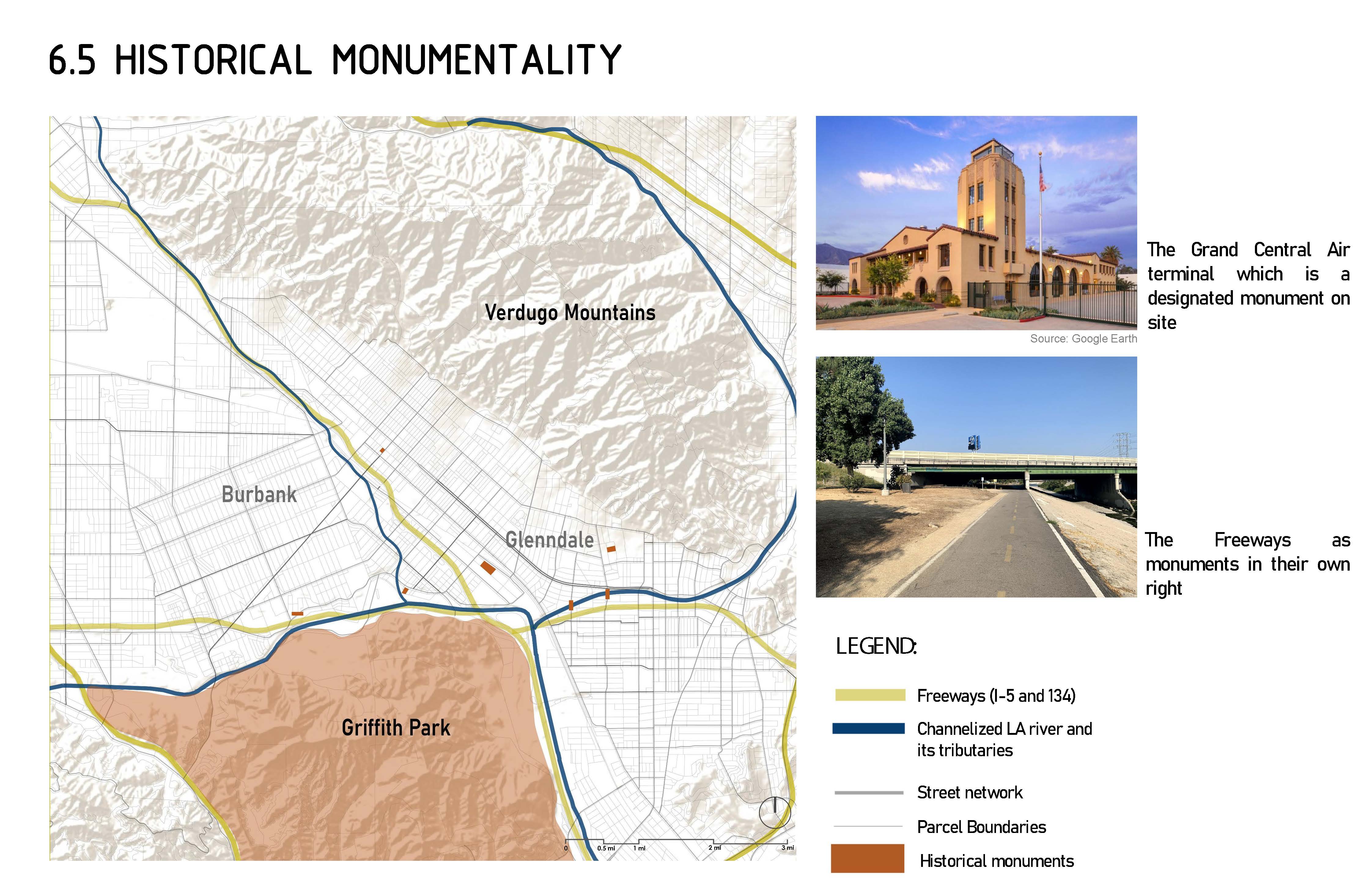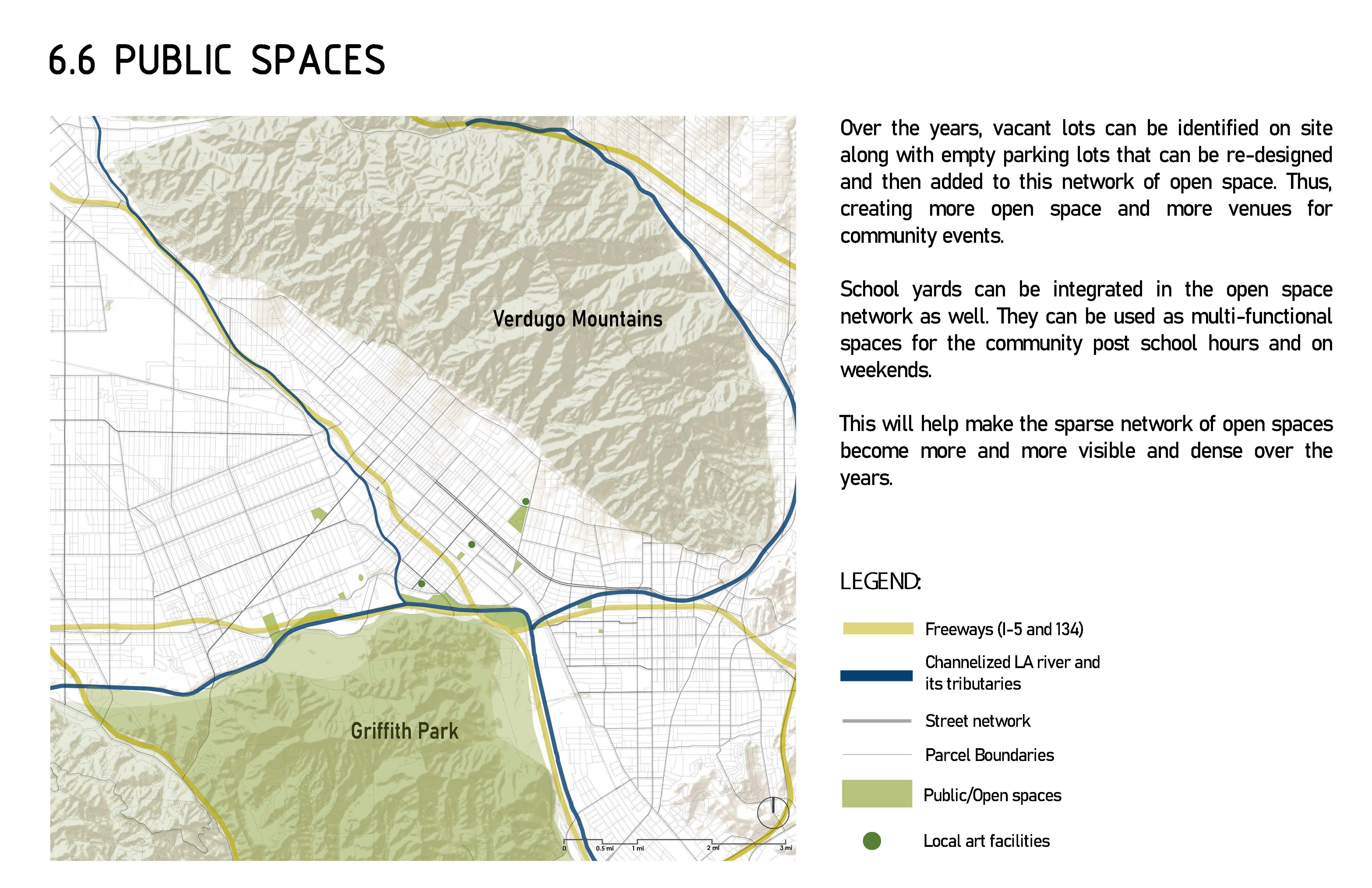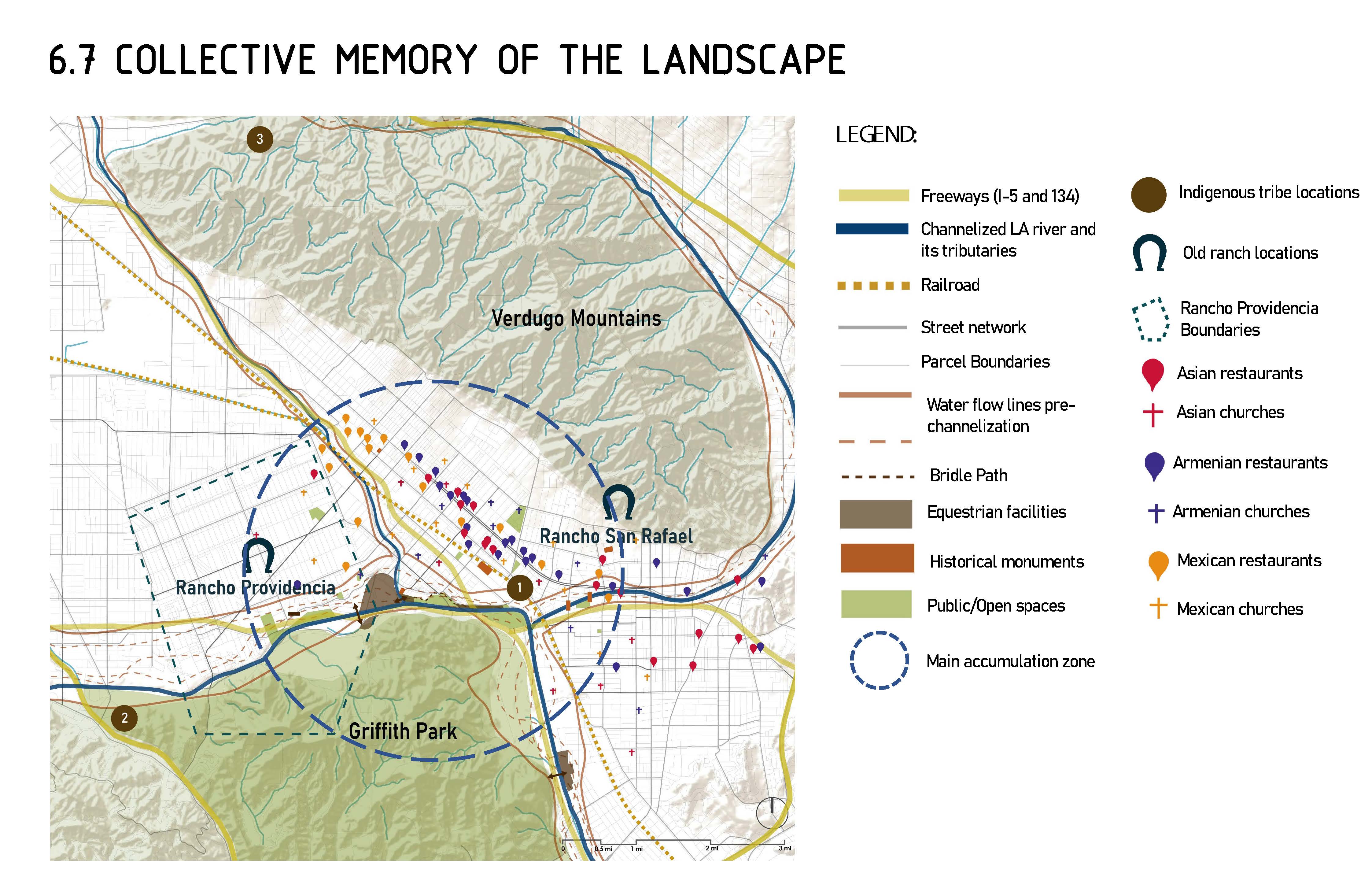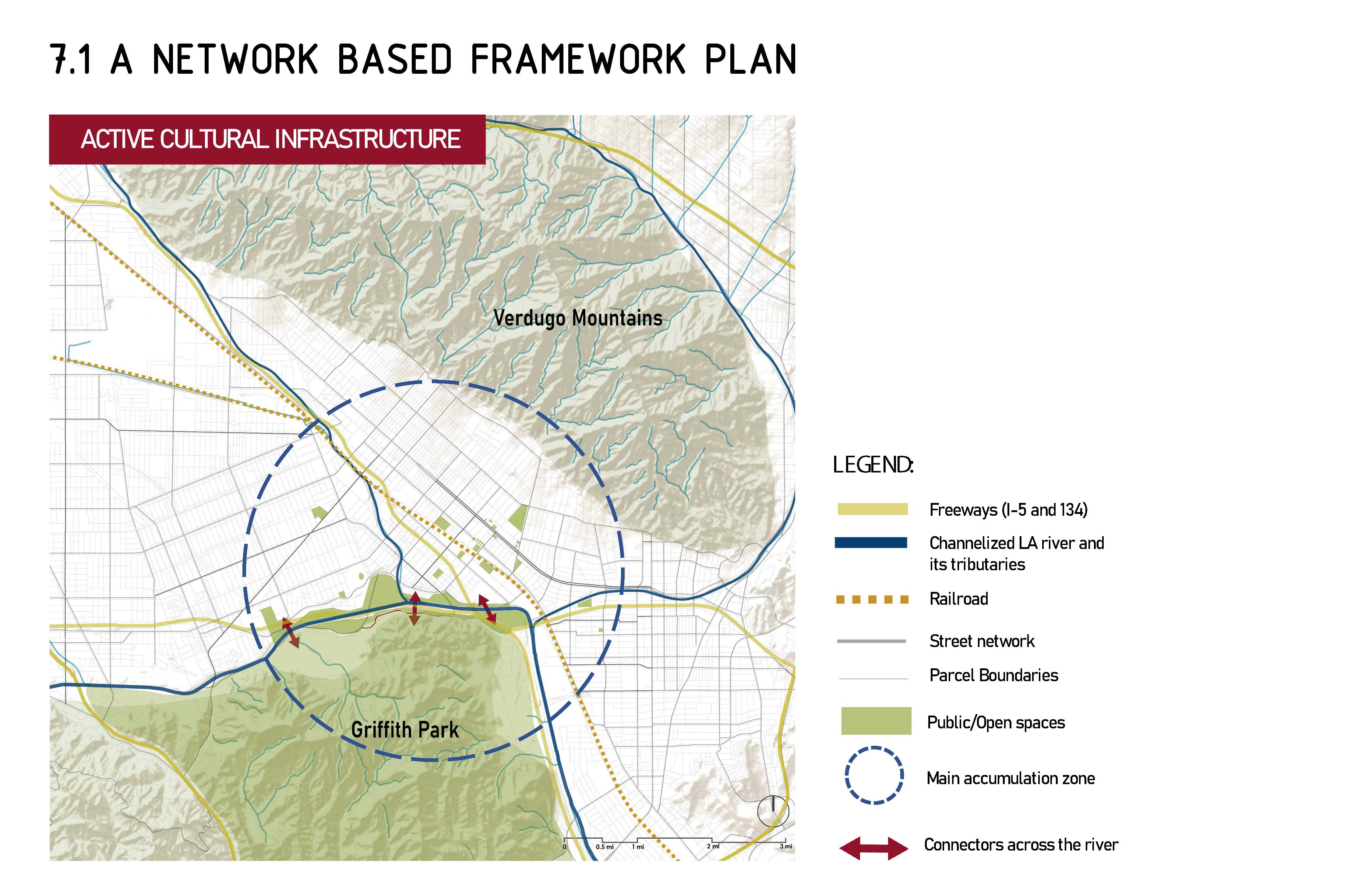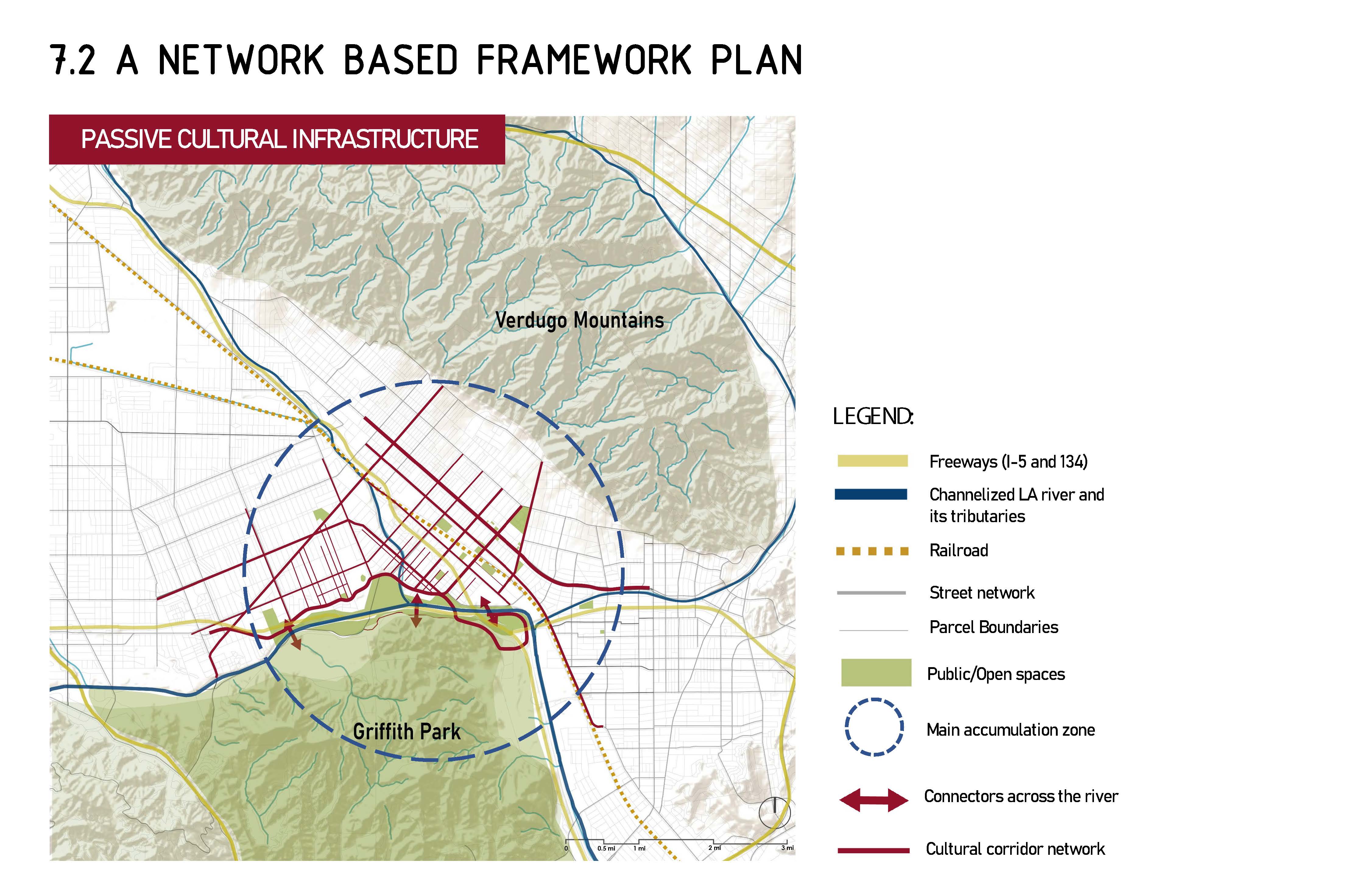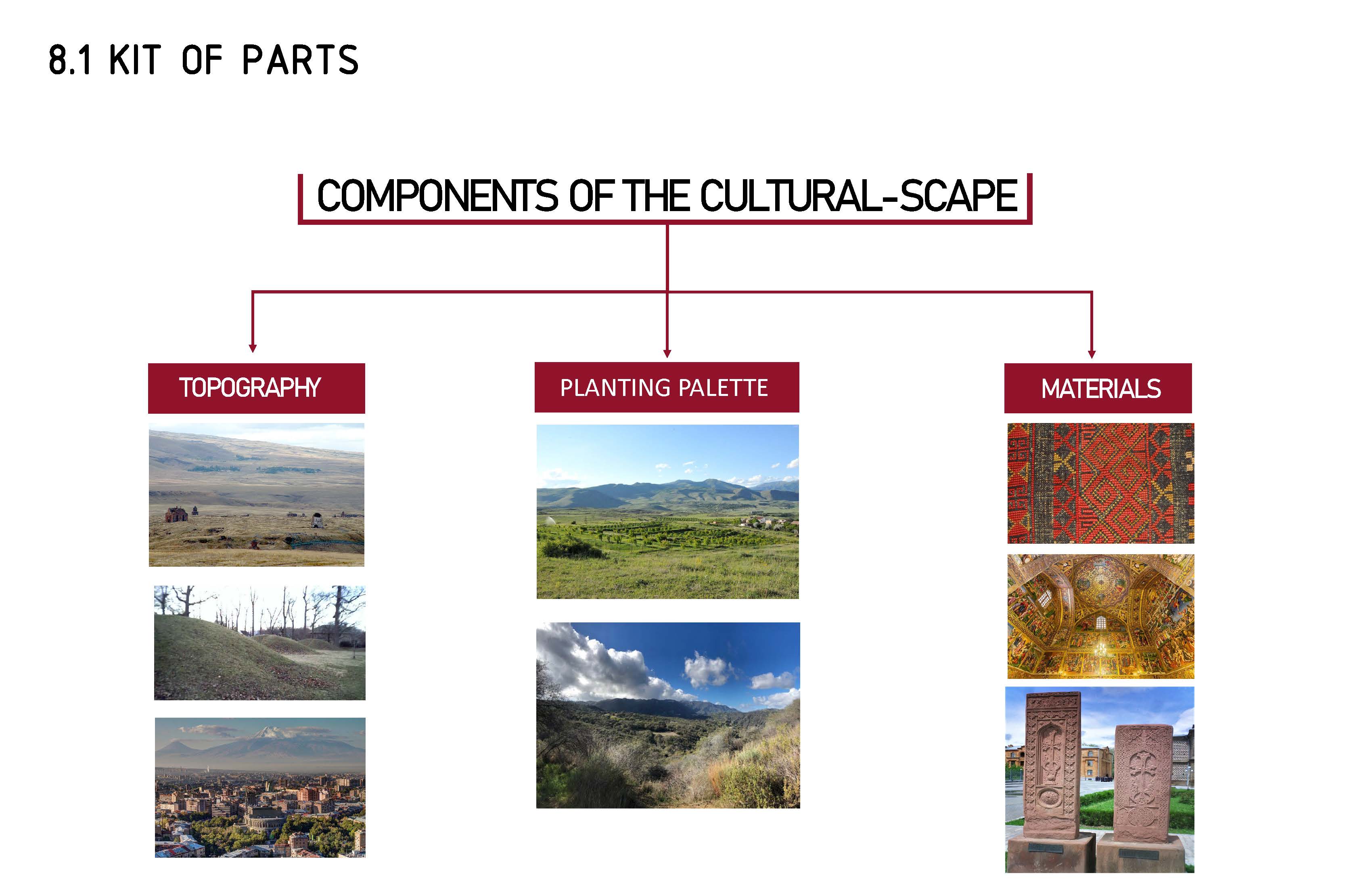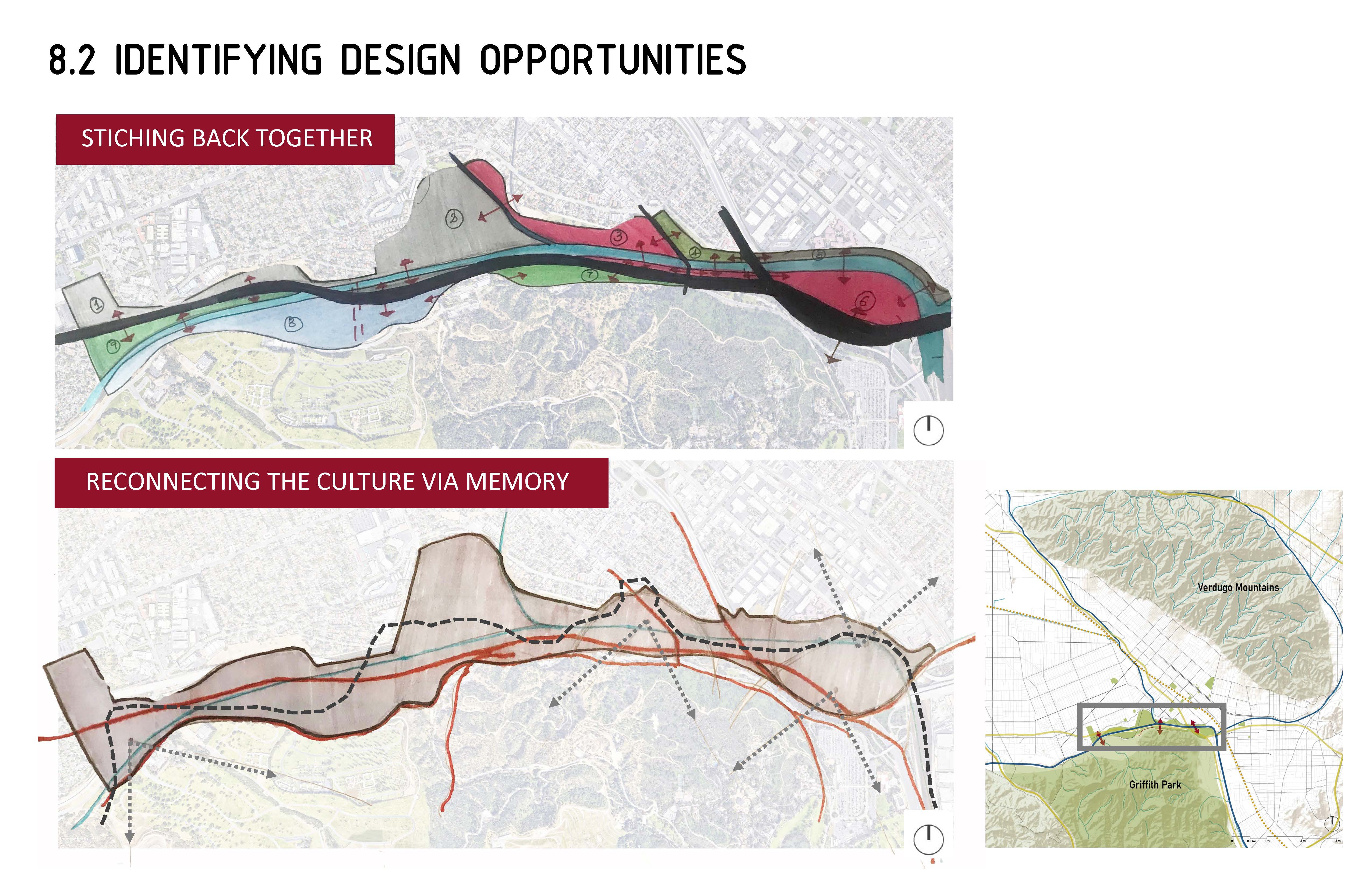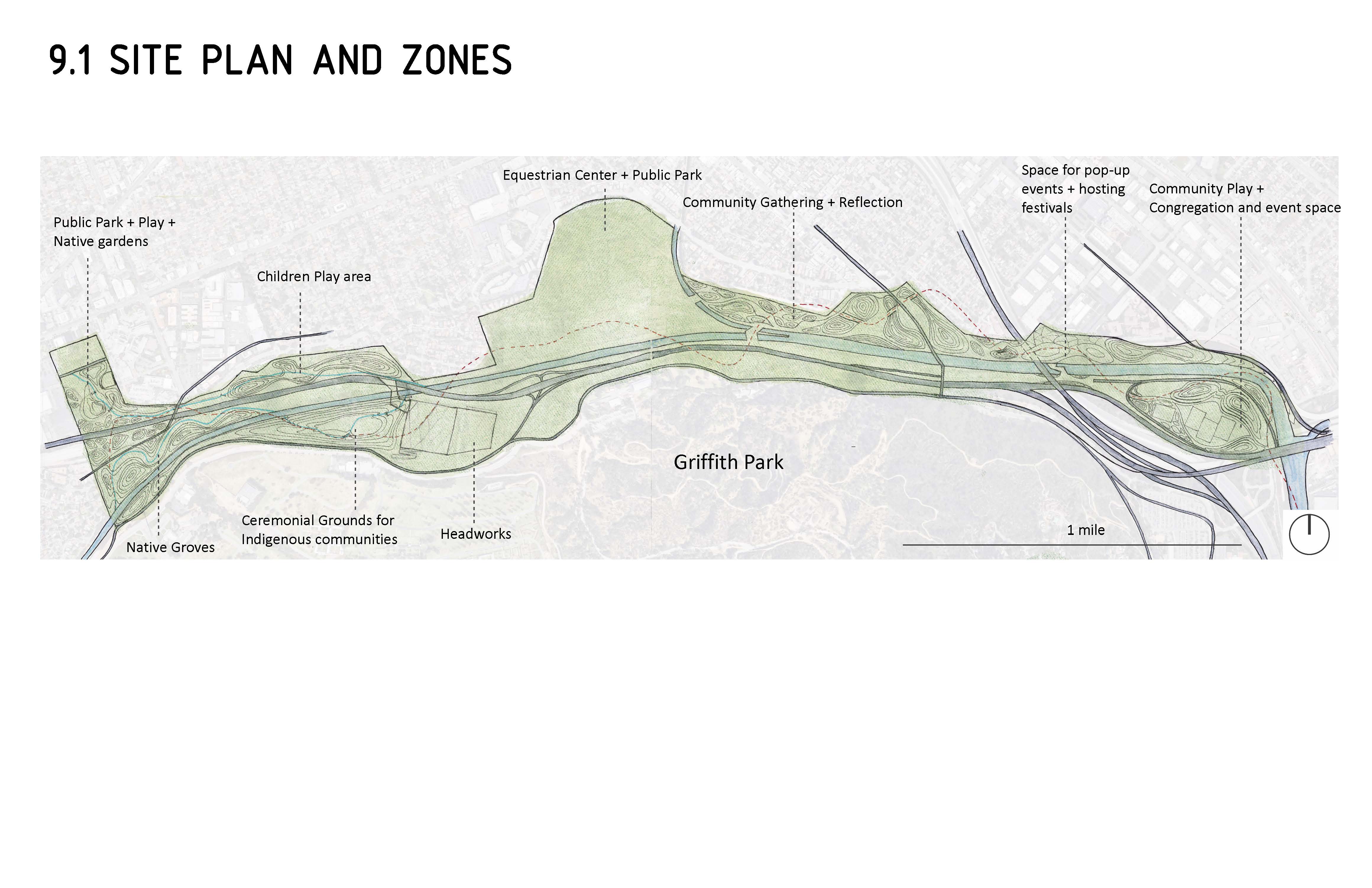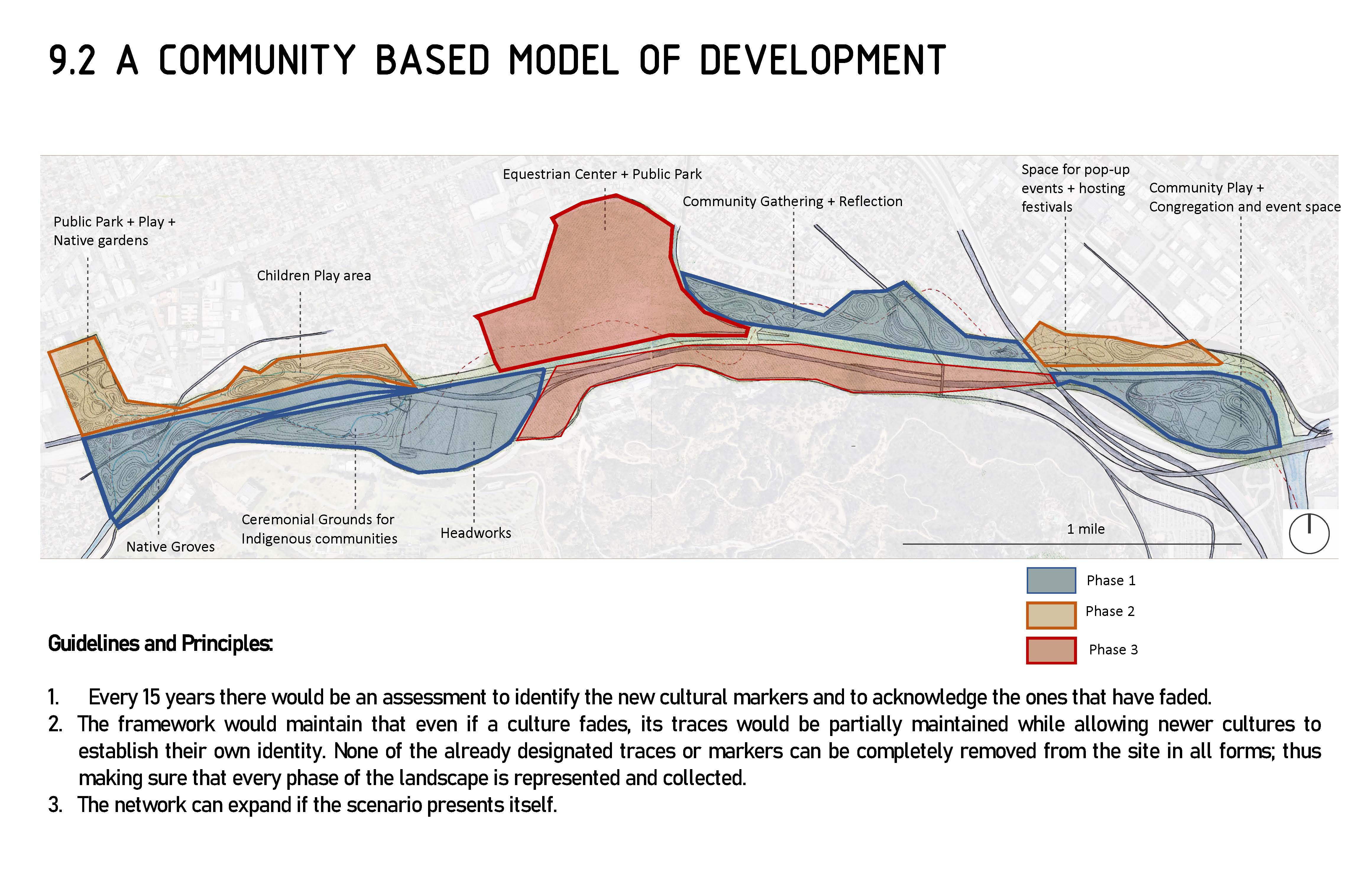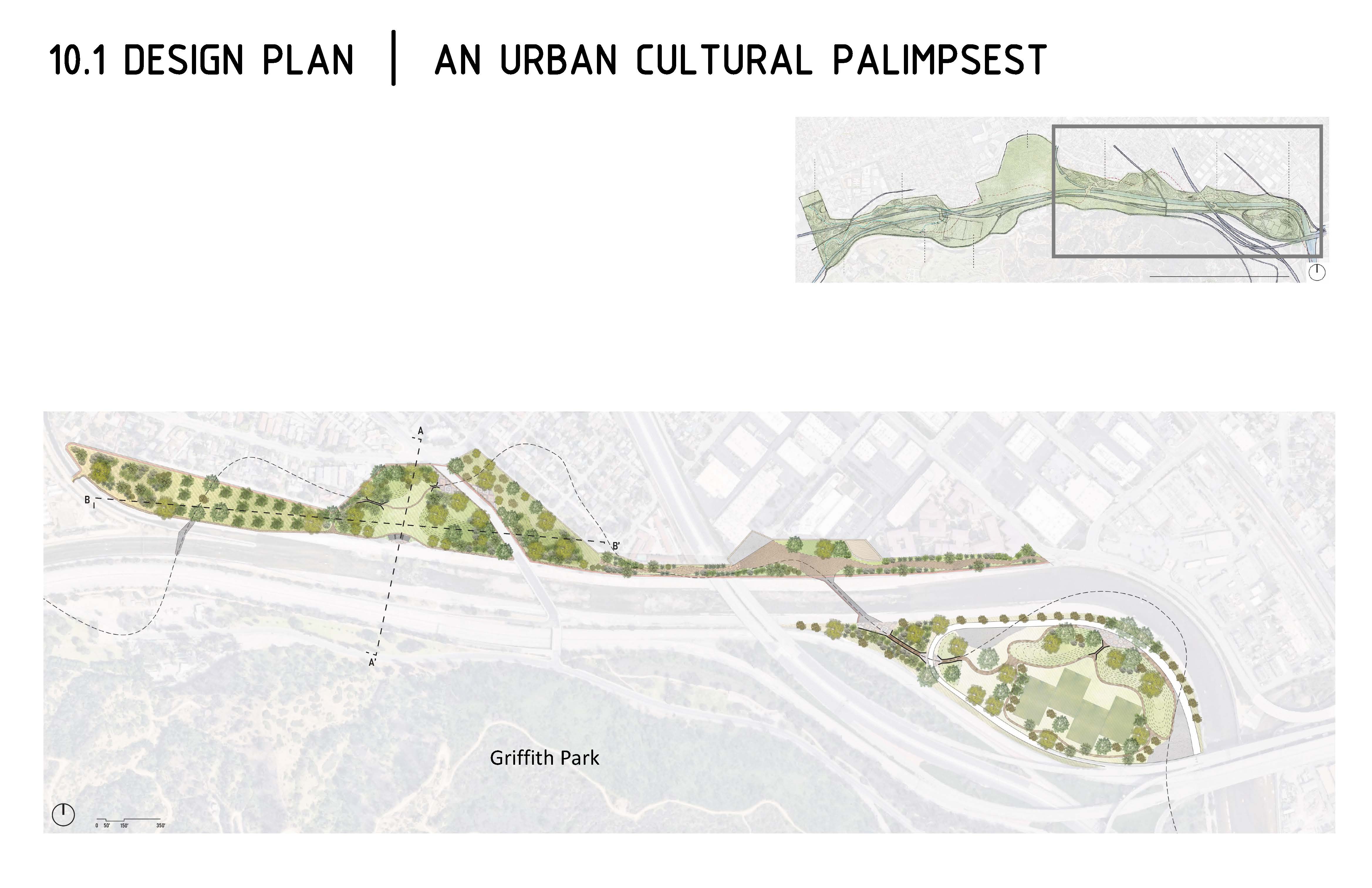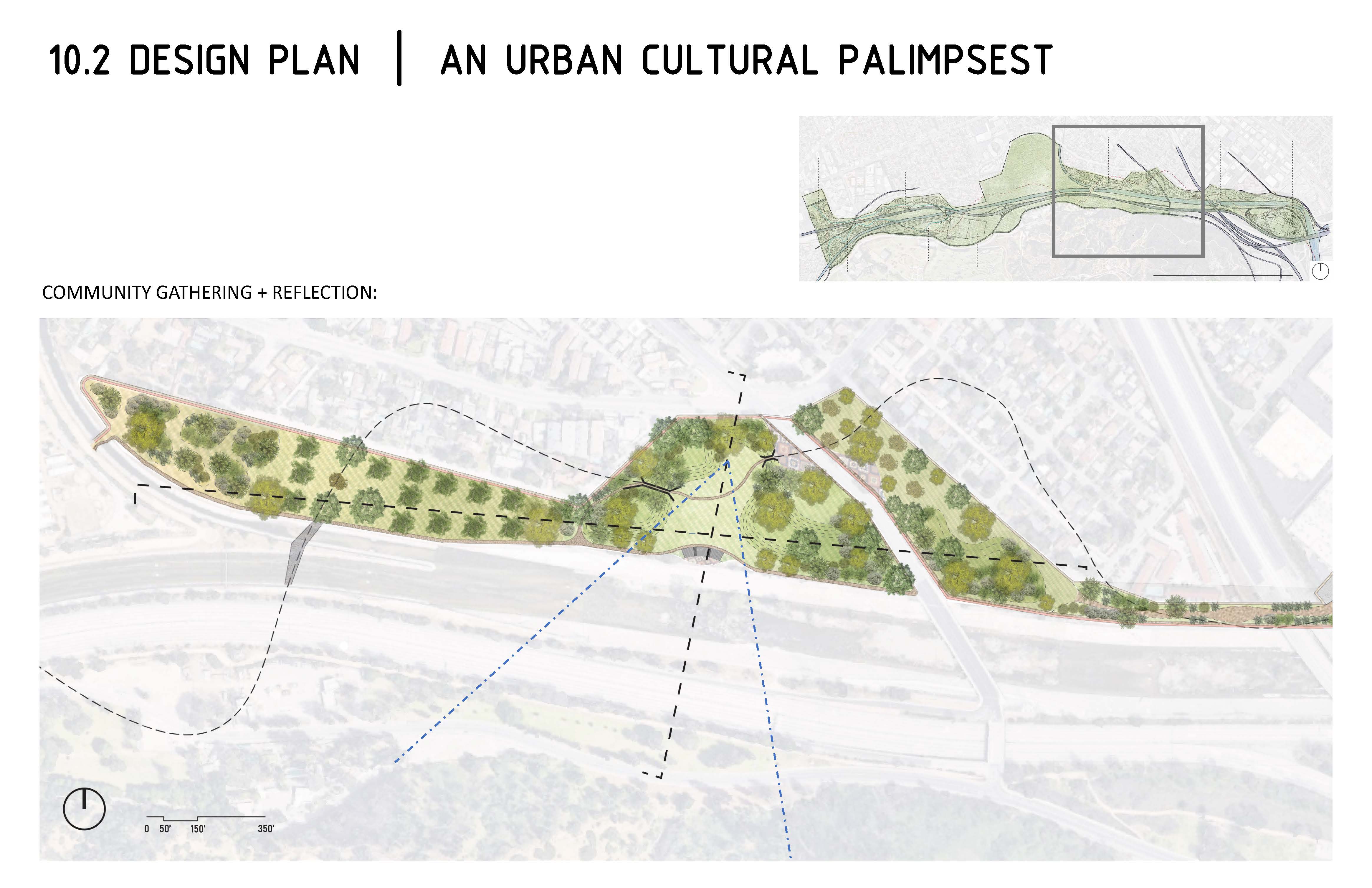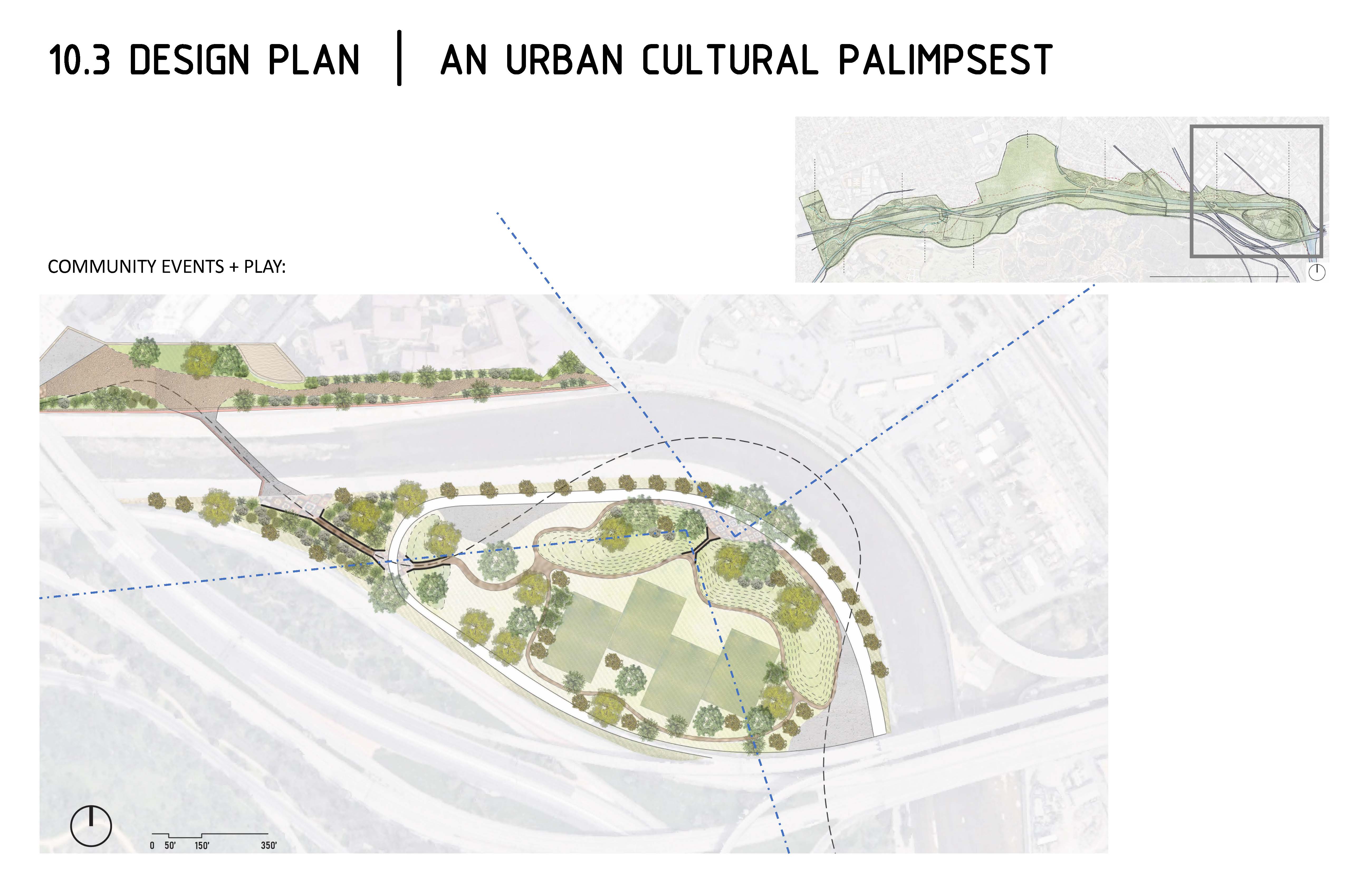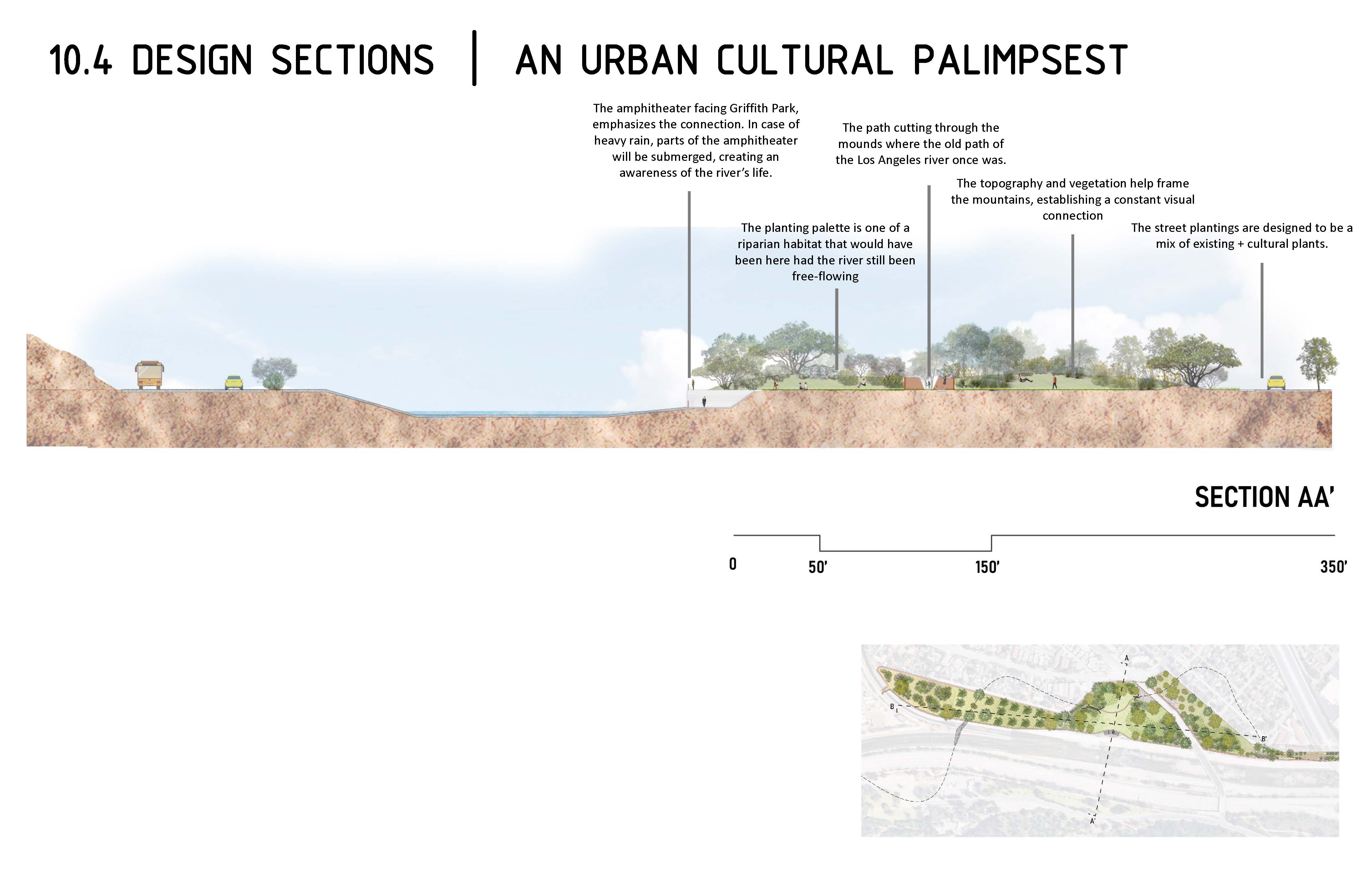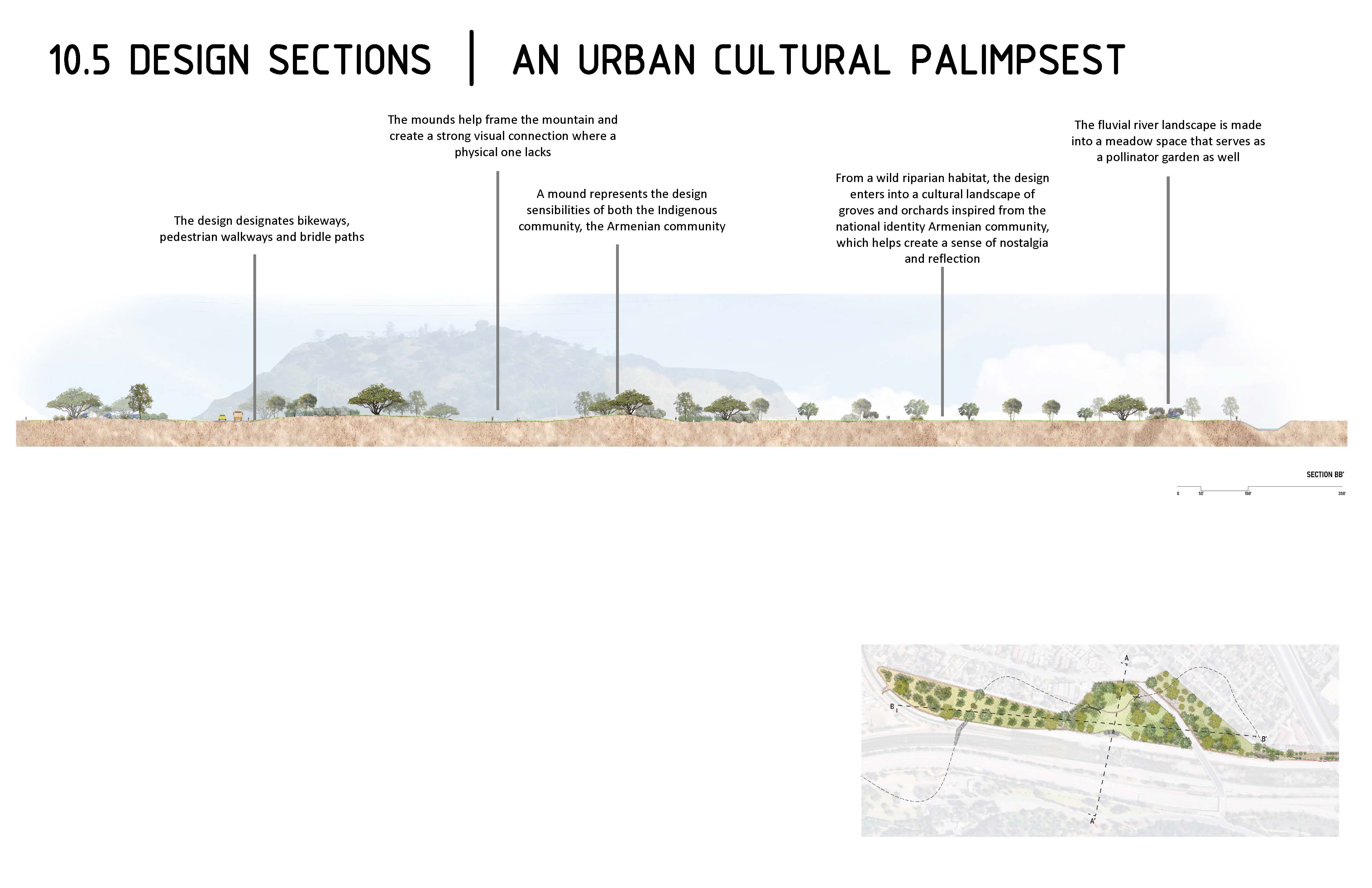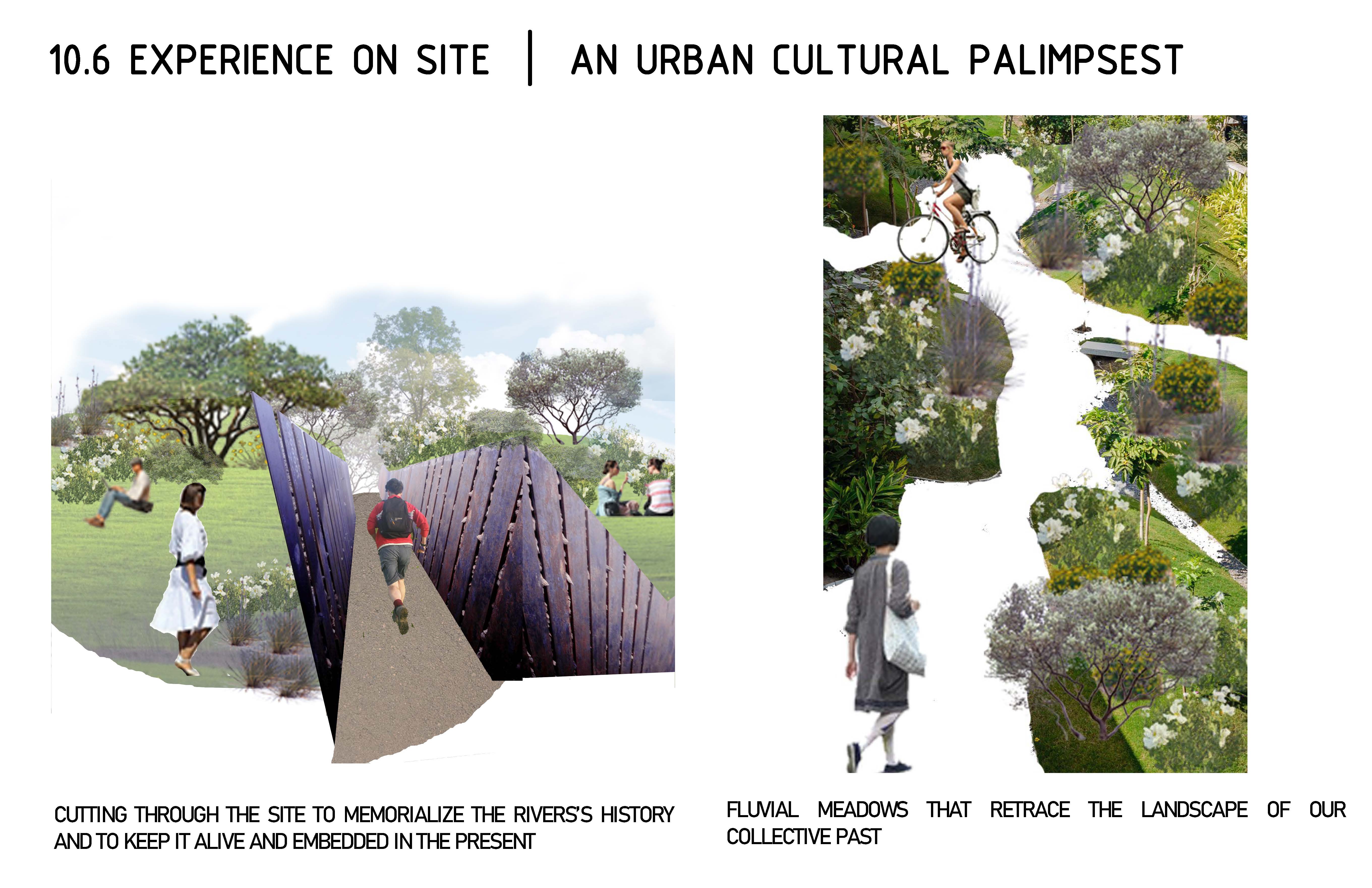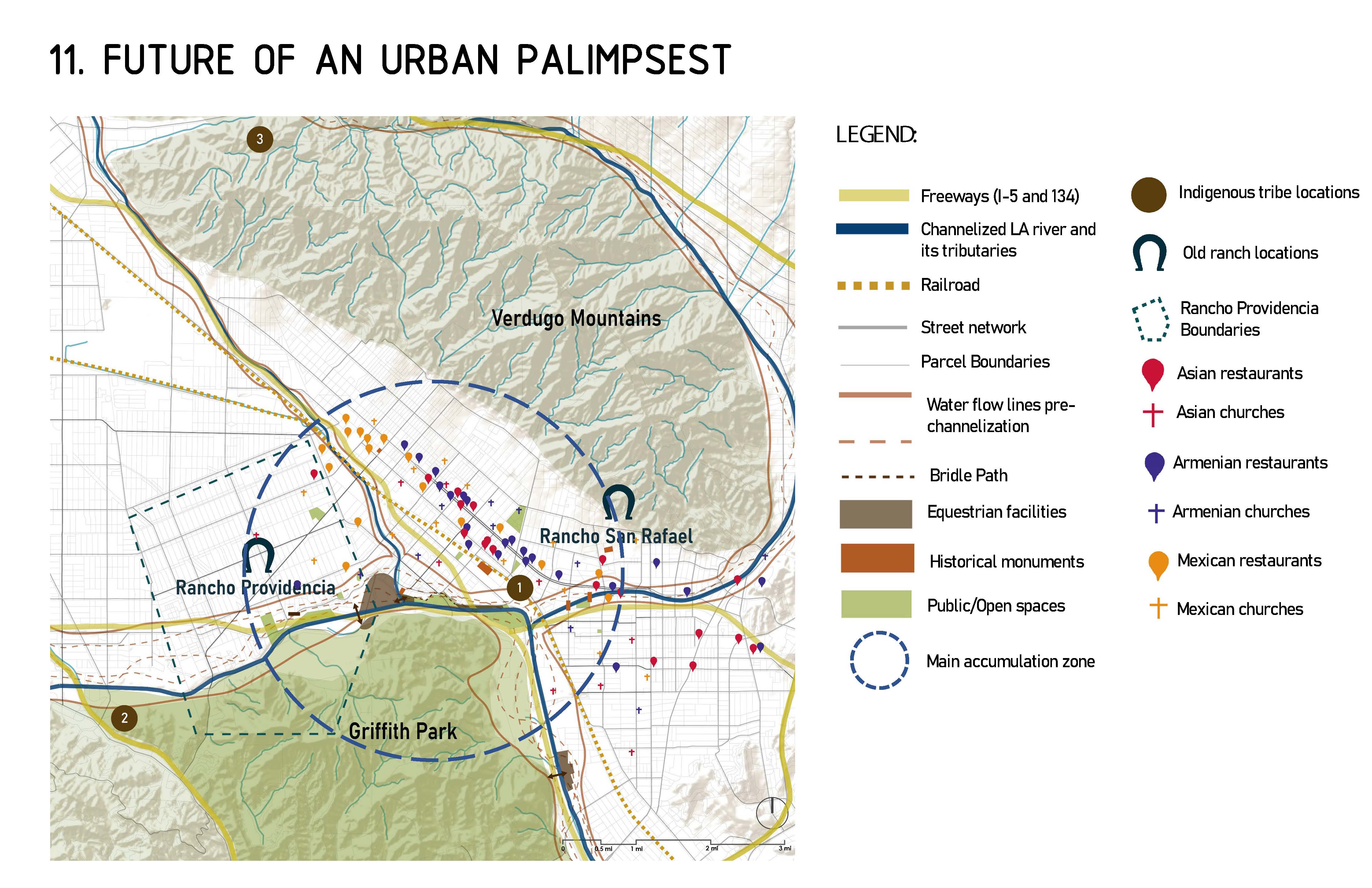Reviving Cultural Traces: Land as a repository of cultures, histories and memories
To feel ‘place-less’ and ‘lost,’ especially in major and vast urban cities is a frequent reality. But how can a city with such diverse population and rich history come across as mundane and generate place-lessness and lack of culture? The region understudy has a similar fate wherein at first glance or maybe even at many glances, the neighborhood appears to be generic, lacking in both definition and identity. But many closer looks with keen eyes reveal that there is much to excavate and read between the lines. The region divided between the cities of Glendale and Burbank today, has years of diverse histories embedded in its land; from stories of trauma to stories of displacement. The neighborhood has seen an evolution only some places can claim to have been witness to; from being an indigenous tribal land to becoming a mission and a ranch and today being home to an eclectic mix of immigrant cultures; leaving traces and sometimes scars on the land that go unacknowledged and are lost in translation. The design framework and proposal aim to retrace many of these traces while also actively designing a community fabric that establishes identity by creating a network of community parks and spaces for community expression that help generate a local economy.
The design proposal works on two levels, one at a passive level of engagement with small-scale interventions to the existing fabric and the second at a more direct and active level that redesigns parts of the urban fabric to make it a culturally rich urban fabric. The cultural network would utilize and redesign sites such as existing parks, school yards, underutilized private and parking lots and vacant lots. The design proposal attempts to achieve this goal by combining the needs for parks and open spaces of the community overlaid with the design sensibilities that the many immigrant and past communities of the region familiarize themselves with. The design would do so by using materials, textures, colors, forms and a planting palette that the communities have a deep connection to, which then go on to become an amalgamation of cultures readable only to the community it is addressed to. Adopting this community-based design framework ensures that in a time when land has become another commodity to be quickly consumed, owned and gentrified; that the design avoids these issues of displacement by being specific and personal. The strong communal identity would be tapped into at multiple stages of the design process from the participatory design discussions to the execution of the design on site which would involve local members, especially school students.
Since cultures and histories are constantly being added and written, the framework is one that recognizes this flux and attempts to accommodate it. The main guideline being that when one culture or history fades, its traces would be incorporated in the new scheme and then the cycle would be allowed to repeat endlessly. This creates a landscape that is a collector of memories and cultures; that accumulates and stores culture in a tangible yet subtle manner. A community land trust would be formed that would be responsible for the management and maintenance of the designed network as well as the 15-year periodic assessment of the changes required in the design. The long reaching goal of this project is to create momentum when it comes to community-based models of development that are sensitive and rooted in the histories and cultures of a place, creating a livable, resilient and rich cultural urban fabric.
The main site within the neighborhood which will be focused upon is the space along the Los Angeles River, as it has several levels of importance to the many communities that the design tries to address.


